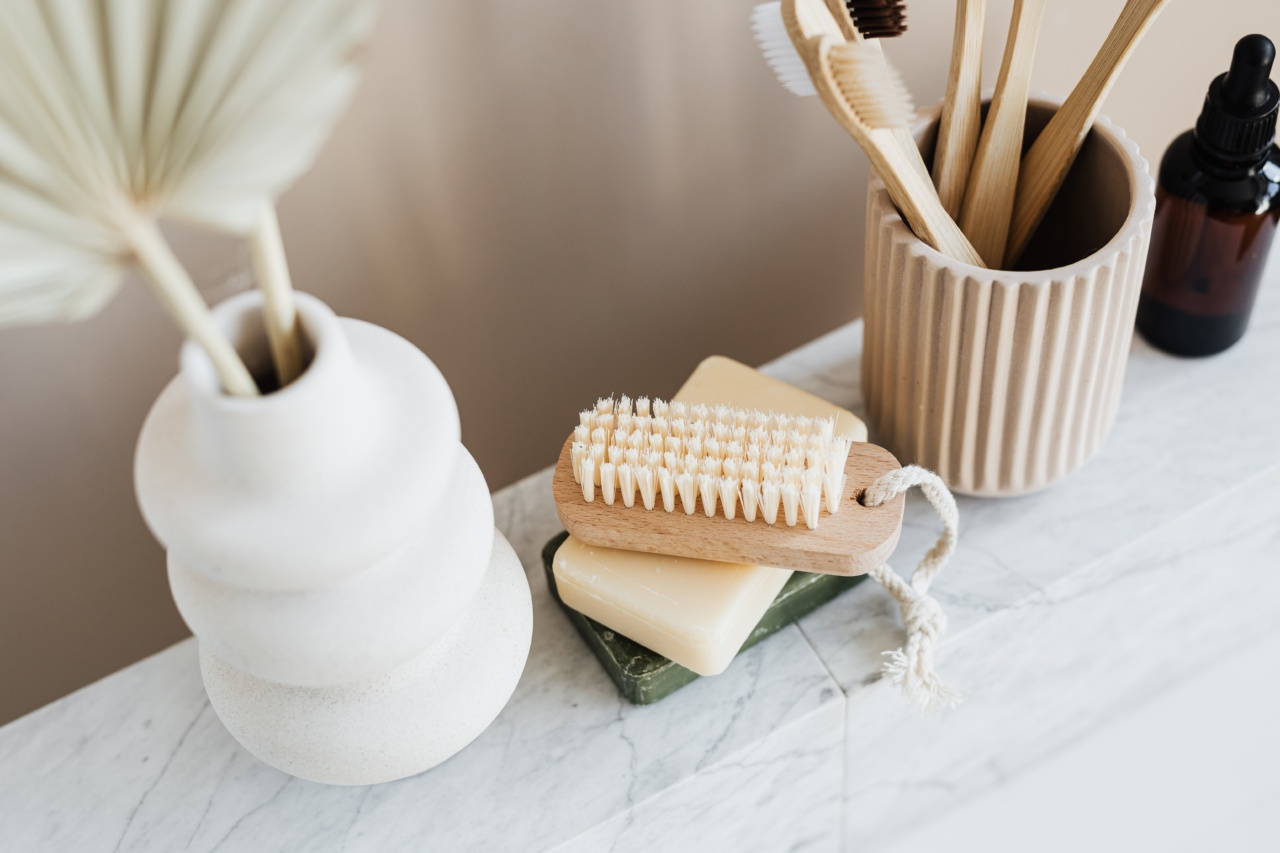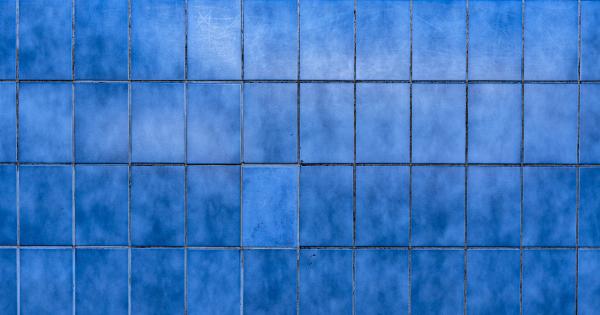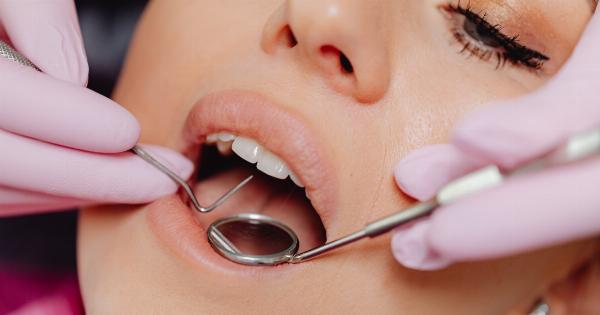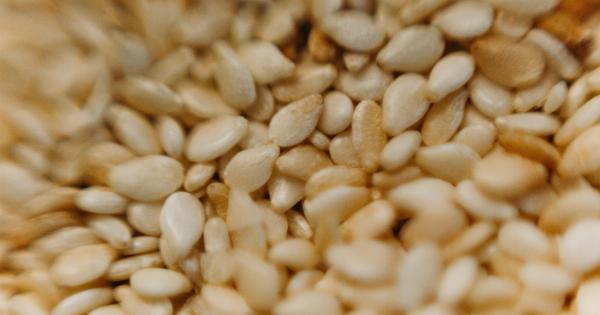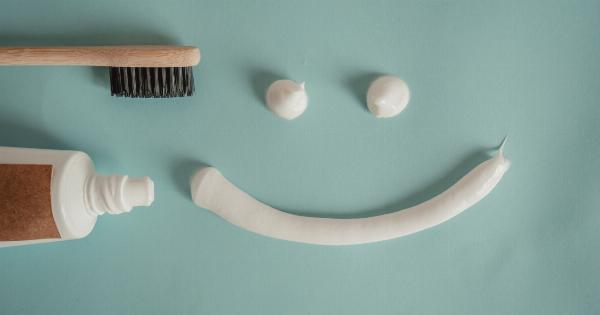Did you know that your toothbrush might be hiding more than just toothpaste and water? It turns out that your trusty oral care tool could be harboring bacteria, germs, and other nasty surprises.
In fact, studies have shown that toothbrushes can be a breeding ground for all sorts of microorganisms. Here’s what you need to know about what your toothbrush is hiding from you:.
1. Bacteria
One of the most common types of microorganisms that can be found on toothbrushes is bacteria. According to the American Dental Association (ADA), there are hundreds of different types of bacteria that can live in your mouth.
Some of these bacteria can cling to your toothbrush and continue to thrive, even after you’ve finished brushing your teeth.
That’s why it’s so important to rinse your toothbrush thoroughly after each use. You should also try to store your toothbrush in a dry, well-ventilated area, rather than leaving it sitting in a puddle of water.
And if you get sick, it’s a good idea to replace your toothbrush as soon as possible, to prevent the spread of germs.
2. Fungi
Although less common than bacteria, fungi can also grow on toothbrushes. In particular, a type of fungus called Candida albicans has been found on toothbrushes belonging to people with compromised immune systems.
This fungus can cause an infection called oral thrush, which is characterized by white patches on the tongue and other areas of the mouth.
If you have a weakened immune system, your dentist may recommend that you replace your toothbrush more frequently to prevent the growth of fungi and other microorganisms.
3. Viruses
Believe it or not, some viruses can also survive on toothbrushes. For example, the herpes virus can be transmitted through contact with a contaminated toothbrush.
This is why it’s important not to share your toothbrush with anyone, even family members.
4. Germs
In addition to bacteria, fungi, and viruses, toothbrushes can also harbor germs of various kinds. For example, streptococcus mutans is a type of germ that is associated with tooth decay.
If this germ is allowed to grow on your toothbrush, it can actually lead to more cavities.
To prevent the growth of germs on your toothbrush, it’s a good idea to replace your brush every three to four months, or sooner if it begins to show signs of wear and tear.
You should also avoid using someone else’s toothbrush, or sharing your own with others.
5. Grime
Finally, it’s worth noting that toothbrushes can also accumulate grime over time. This can include bits of food particles, toothpaste residue, and other debris.
If left unchecked, this grime can create an unpleasant odor and even impact the effectiveness of your toothbrush.
To keep your toothbrush clean and functioning properly, make sure to rinse it thoroughly after each use, and store it in a dry, well-ventilated area.
You can also soak your toothbrush in a solution of water and vinegar or hydrogen peroxide to help kill any lingering bacteria or germs.
Conclusion
Your toothbrush is your most important tool for maintaining good oral health. However, it’s important to remember that it can also be a hiding spot for all kinds of bacteria, fungi, viruses, germs, and grime.
By taking the time to clean and care for your toothbrush properly, you can reduce your risk of developing oral health problems and keep your smile shining bright.
